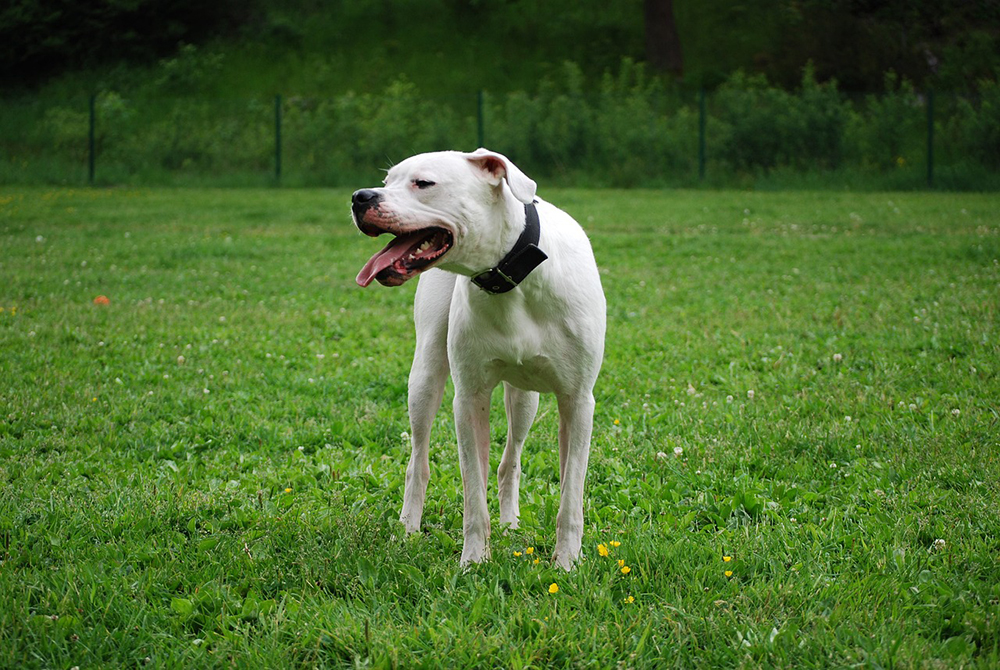Despite both being domesticated mammals and pets, cats and dogs have different lifespans. Cats have an average lifespan of about 15 years, while dogs have an average life span of about 10 to 12 years. The exact reason why cats tend to live longer than dogs remains unclear. However, we can speculate on a few factors that play a role in our pets’ lifespan and longevity. Genetics, lifestyle, and environmental factors may all point to why cats tend to live longer than dogs.


Factors That Affect Cat and Dog Lifespans
While there are no guarantees, certain factors seem to affect a pet’s lifespan. Genetic factors remain mostly outside of our control, but there are things pet owners can do to increase the likelihood of our pets living long and healthy lives. Here are some factors to consider regarding the lifespan of a cat and dog.


Size
Size seems to play a role in a dog’s lifespan. Smaller dog breeds tend to outlive large dog breeds, and some small dog breeds have average lifespans that are similar to pet cats. A study conducted by Dr. Silvan Urfer at the University of Washington found that small dogs had a median lifespan of 14.95 years, while large dogs had a median lifespan of 13.38 years.1 So, size plays a role in a dog’s lifespan. It’s possible that cats have longer life spans because they’re much smaller than most dogs.
Selective Breeding
Domestic cats don’t show the extreme variation in physical characteristics that dog breeds do and have been less affected by selective breeding. Although studies have shown that crossbreed cats have a longer life expectancy than breeds like Ragdolls and Maine Coons, many very popular flat-faced dog breeds, like Pugs and French Bulldogs,2 are severely affected by health issues which can lead to a very reduced life expectancy.
Indoor vs. Outdoor Exposure
The majority of pet cats in the United States are indoor cats that rarely step outside of their homes. Since they’re inside more often, they have lower risks of contracting diseases or getting into significant accidents than dogs.
Dogs require daily exercise, and their exercise needs are usually met by going outside for walks. This puts them at greater risk of contracting an infectious disease. They’re also more exposed to parasites and are at higher risk of getting into car accidents and other incidents that can cause significant injuries.


Sociability
While cats can be social, dogs tend to be more social than cats. Most cats don’t mind being the only cat in the family, and their independent and introverted nature may protect them from contracting communicable diseases from other cats.
Dogs tend to be more social with other dogs and animals, which can expose them to infectious diseases. For example, if your dog enjoys playing with other dogs at the dog park, they have a higher chance of getting sick if one of the dogs has a viral or bacterial infection, like a respiratory infection.

Can I Lengthen My Dog’s Lifespan?
Your dog’s lifespan is affected by genetics and lifestyle. So, even though you can’t completely control how long your dog lives, you can certainly increase their chances of living a long and healthy life by adequately providing for their needs.
Nutrition plays an essential role in a dog’s well-being throughout their entire lifetime. Dogs need to consume the right amounts of essential nutrients in order to support daily functioning. Choosing well-balanced, high-quality dog food and omitting fatty and sugary snacks can improve your dog’s health and quality of life.
Exercise and mental stimulation are also necessary for dogs. Exercise doesn’t just expend a dog’s energy, but it also helps them maintain a healthy weight and keeps them physically fit. Exercise is also beneficial for a dog’s mental health. It prevents boredom and can lower the risk of canine anxiety and depression. Providing plenty of mentally stimulating and enriching activities will benefit their mental and emotional health.
Making sure your dog stays up to date with preventative health care helps avoid illness. This includes parasite preventative medications, vaccinations, dental care and regular veterinary check ups. Overall, keeping your dog healthy and happy will provide daily benefits, which in turn can have positive effects on their lifespan.


Which Dog Breeds Live the Longest?
Size doesn’t have a 100% guarantee when it comes to a dog’s lifespan, but it does seem to play a role. Research has shown that larger dogs have shorter lifespans, and they age more quickly than smaller dogs. Larger dogs are also more prone to dying from cancer than smaller dogs.
So, if you’re looking for dogs with longer lifespans, you’ll have better chances with smaller dog breeds. In fact, the current oldest living dog in the world is a Chihuahua mix. Many dogs in the Toy Group, including Chihuahuas, Shih Tzus, Yorkshire Terriers, and Bichon Frises, are all known to live longer than the average lifespan of dogs.

 Conclusion
Conclusion
Cats tend to outlive dogs by a few years, but some smaller dogs can have similar average lifespans as cats. Differences in size and lifestyle may be reasons for differing life spans between cats and dogs. Also, both genetic and environmental factors affect longevity, and pets with healthy lifestyles are more likely to live longer lives.
Featured Image Credit: Chendongshan, Shutterstock






